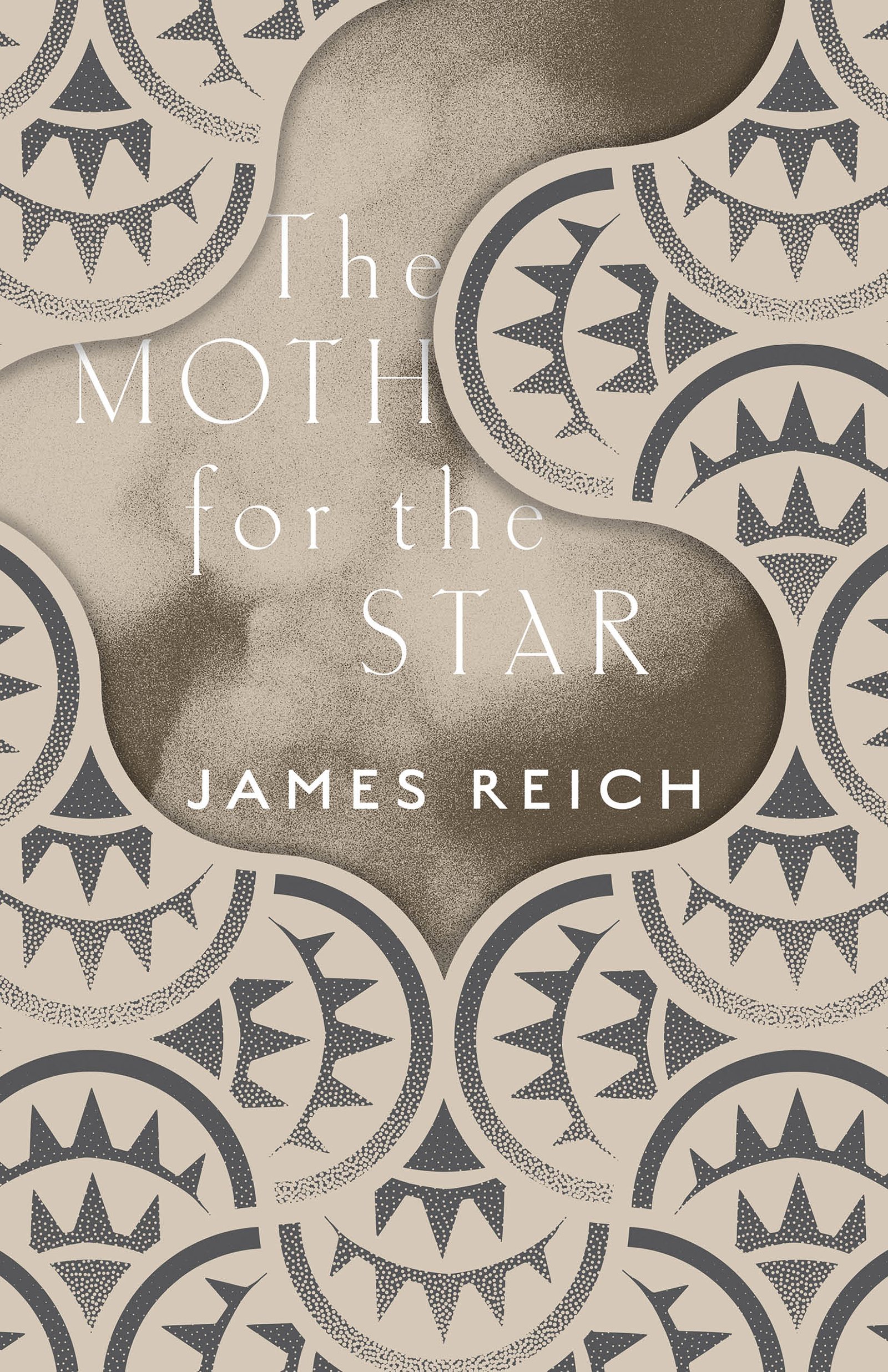REVIEW: A History of New York City that Focuses on its Remarkable Rise
/Greater Gotham; A History of New York City From 1898 to 1919 by Mike Wallace
Oxford University Press, 1182 pp.
By Paul Markowitz
In 1999, Gotham: A History of New York City to 1898 was published. That tome, coming in at 1382 pages, could have been a tedious slog through the minutia of New York City history of interest to only a select few. Instead Mike Wallace and Edwin Burroughs produced a highly readable book that was not a local history solely of interest to New York City aficionados, but a window on the early years of the entire United States. The book would win high praise from historians and the general public, as well as the Pulitzer Prize for History.
Now, some 17 years later, Mike Wallace, a distinguished historian, author, and the co-writer of the original Gotham, has produced a comparatively slim volume of 1182 pages as a follow-up. Through the same meticulous research and ability to bring facts to life that he demonstrated in the first book, Wallace has written a glorious and notable sequel. Open randomly to any page, and you will be immediately drawn into the world of the early 20th Century (or the two years before) with all its vigor, optimism, energy, and struggle.
This volume covers the critical years 1898 to 1919. The opening year, 1898, is when New York City became the second largest municipality in the world, second only to London, as it consolidated its five boroughs. Manhattan was the largest city in the country and Brooklyn was the third largest, and when they merged the metropolis that resulted was twice as big as any other city in the United States
What this book is really about, and what it succeeds admirably in doing, is exploring the roots and ramifications of this historic consolidation. The amalgamation of the five boroughs, after many years of competition between them, would initiate a transit boom which in turn would begin a housing boom that would lead inexorably to infrastructure projects, including subways, bridges, and roadways. They would in turn generate a demand for food, drink, clothing, heat, light, and ultimately entertainment.
By the end of World War I this metropolis-building project would be complete. In a 20-year period NYC would have the tallest building, the largest office building, and many more "biggests" -- department store, hotel, corporate employer, steamship fleet, electrical-generating plant, bakery, library -- along with the richest man in the world. In the process, immigration would increase, adding 2 million more souls, many of whom would settle in newly emerging ethnic enclaves. These enclaves were increasingly concerned with social justice -- something not always extended to their residents -- rather than merely material progress, which often set the against the city ruling powers.
At the forefront of all of this change was the city’s financial sector, which would lay the groundwork for American capitalism, creating giant corporations primarily headquartered in New York City. What emerged was the greatest commercial empire in the world, a position the city has yet to surrender.
The commercial empire that arose in New York City in the early years of the 20th century soared even higher as a result of World War I. The city's greatest competition came from the leading European capitals, but those cities would soon be engulfed by a fratricidal war that was immensely costly in lives, money, and economic disruption. During the war, European countries sold off their holdings in American railroads, mines, fields, and factories to finance their military endeavors. In the process, the United States would transform itself virtually overnight from a debtor to a creditor nation -- and New York would wrest the position of financial global capital from London.
Although Washington D.C. would remain the nation's political capital, during these pivotal years New York City became its capital in every other respect -- economic, cultural, and attitudinal. New York neighborhoods become synonymous with important aspects of all of these areas -- finance (Wall Street), advertising (Madison Avenue), entertainment (Times Square), high society and department stores (5th Avenue), theater and movies (Broadway), amusement parks (Coney Island), immigration (Ellis Island) -- even cultural radicalism (Greenwich Village) and poverty (Bowery).
This epic period, in which modern New York City emerged, was not without its tensions. The city was home to Tammany leaders and reformers, business leaders and labor organizers, plutocrats and socialists, immigrants and xenophobes, and the streets were often alive with talk of labor rights, greater equality, and even revolution.
Yet despite the strife, and in part because of it, New York City continued its inexorable rise from national to global dominance. In the process, the city helped to bring the nation along with it -- as, during this pivotal era, the United States transformed itself from the greatest power in the Western Hemisphere to leader of the free world.
Paul Markowitz is a California-based writer.










